Rome two thousand years ago had two million inhabitants
Rome in the imperial age, in its moment of maximum splendor, was the largest metropolis in the world. Cosmopolitan, just like New York now. It was the first great gigantic city of humanity, so much so that the number of inhabitants of Augustan Rome was reached only at the beginning of the nineteenth century by London, but above all it welcomed the most important ancient civilization, which influenced society, culture, language, literature, art, architecture, philosophy of the whole Western world, up to the present day. Everything worked despite not being able to count on the benefits of today’s science. If you think about it, it looks almost like a miracle.
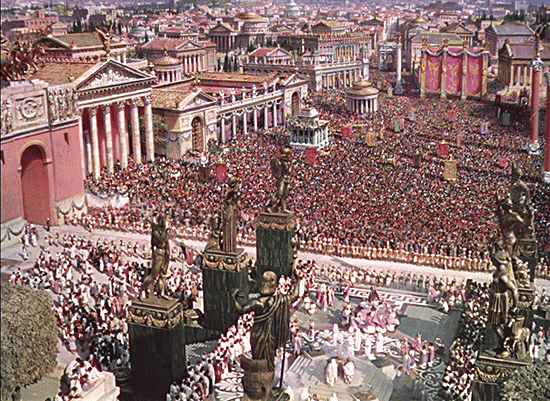
In the imperial age, Rome had 1,200,000 inhabitants, excluding slaves and immigrants (therefore almost two million). It was already then a cosmopolitan city with monumental buildings, gigantic squares, fountains and statues, and it was also very noisy and chaotic. The first true, great metropolis in history, with gigantic aqueducts, cisterns, containers and markets for food, gigantic neighborhoods and magnificent buildings.
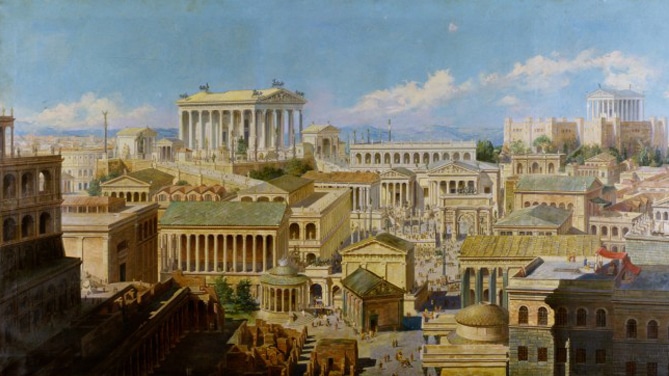
Rome was equipped with thermal baths, running water, public baths. Multi-storey buildings. It had a very high level legal system, so much so that it is still the basis of all European legislation. It even had a pedestrian crossing.
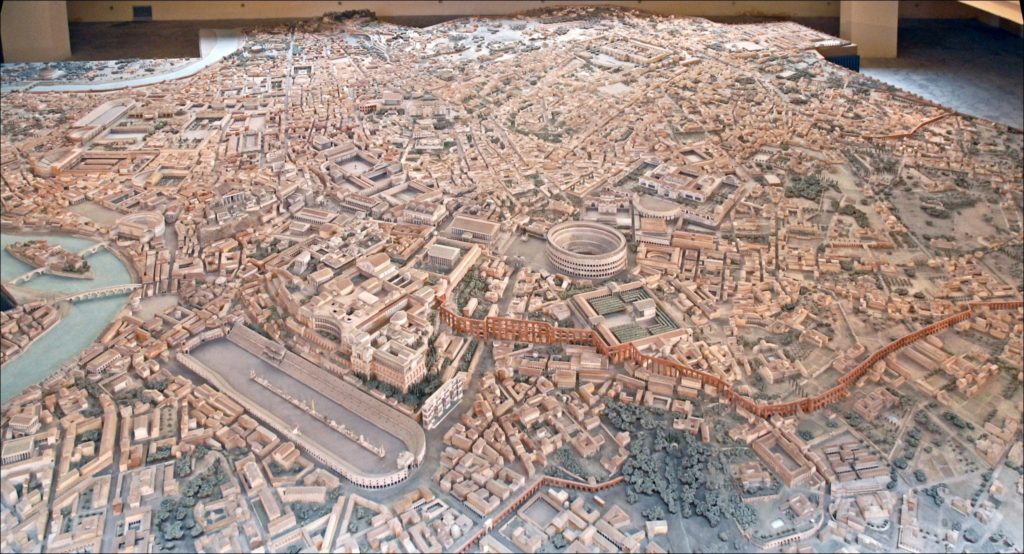
Under Augustus the Roman population stood at around one million inhabitants, reaching its maximum expansion in the Antonine age (mid-2nd century), with 1,200,000-1,700,000 residents crammed into about 49,000 buildings (most of which developed on multiple floors). The city will have to wait for the 1951 census to be able to reach these demographic levels again.
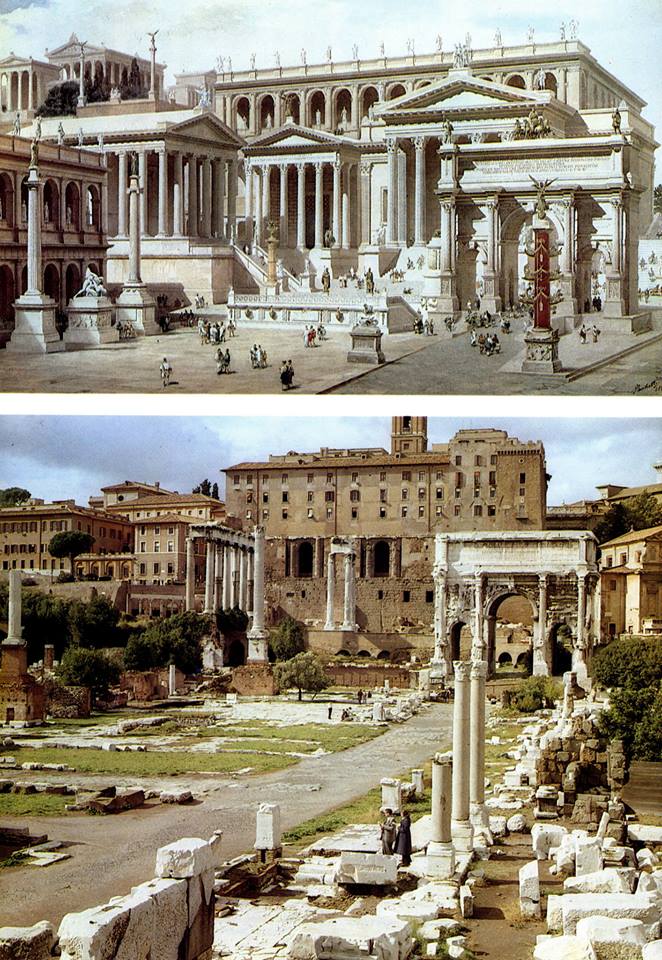
Even if there were no cars or motor vehicles, the traffic was already chaotic and the streets were always crowded, teeming with people. It was very messy, partly dirty and partly very colorful, frequented by different ethnic groups (the Roman Empire was gigantic) and the strangest languages and dialects were spoken there.
The houses were already multiform: there were the domus, noble residences, inhabited by rich and patricians, and the insulae, large multi-storey buildings with apartments, where the middle class and the plebs lived. There were 1790 domus, while 44,300 were the insulae. And then there was the suburra, the poorest and most infamous neighborhoods. On the outskirts the horti and other villas, always of the rich.
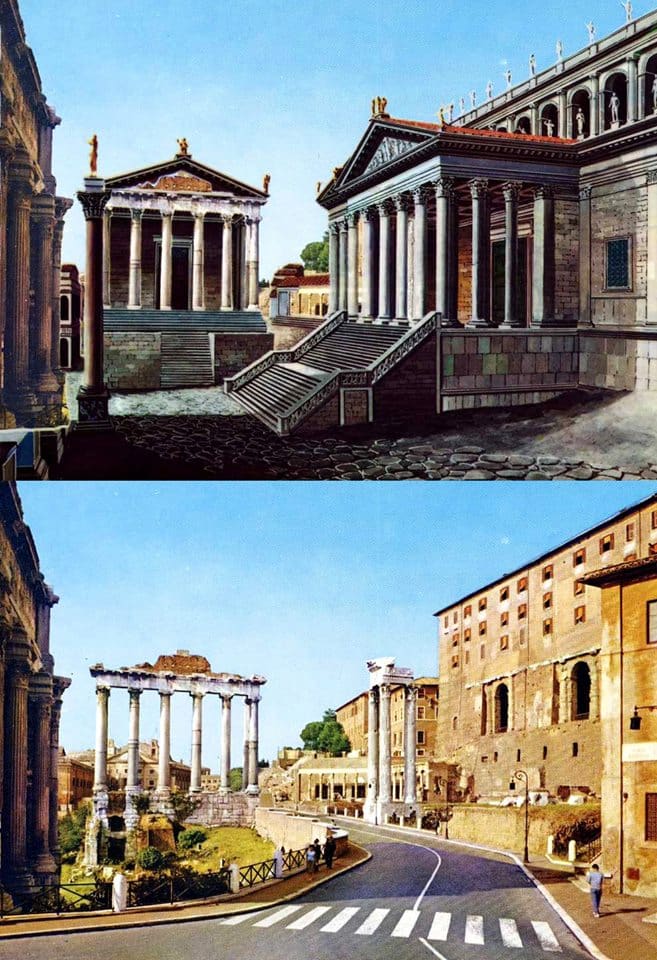
The housing problem already existed then because the inhabitants were numerous. It is known that rents were already very high. The houses of the rich had all the comforts, with running water and exquisite interiors. The insulae, on the other hand, were very noisy, because the apartments were close together and crowded, there was no running water and no toilets. The Romans, therefore, washed themselves in public baths and spas. Waste was often thrown out of the windows, especially at night.
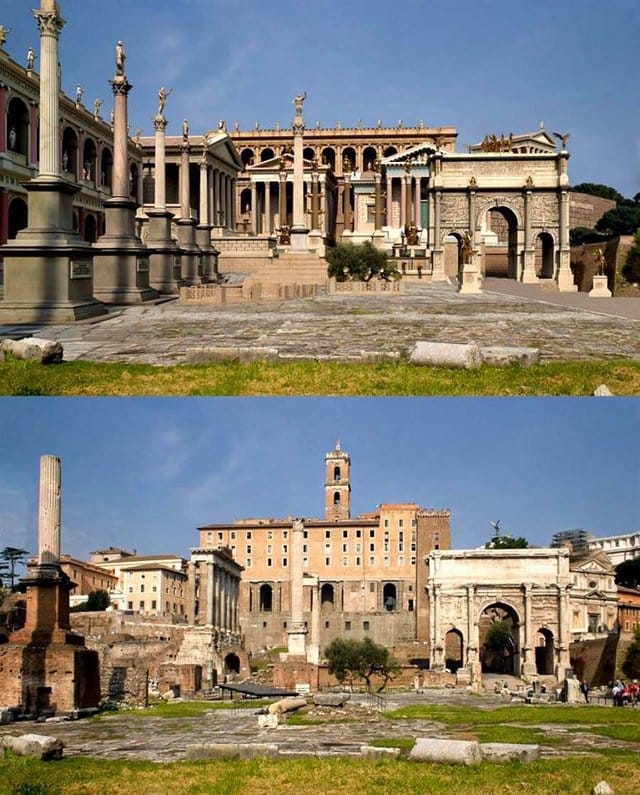
The popular neighborhoods had no public lighting and were frequented by bad guys. Often the insulae (with buildings with five or six floors) had thin walls, were built with poor materials and collapses and fires were the order of the day.
Rome like New York: genetic analyzes show that 2 thousand years ago the Eternal City was a cosmopolitan metropolis. Many of the inhabitants had foreign origins, mostly oriental. A study has shown that in Rome’s DNA there is traces of the migrations that contributed to its greatness.
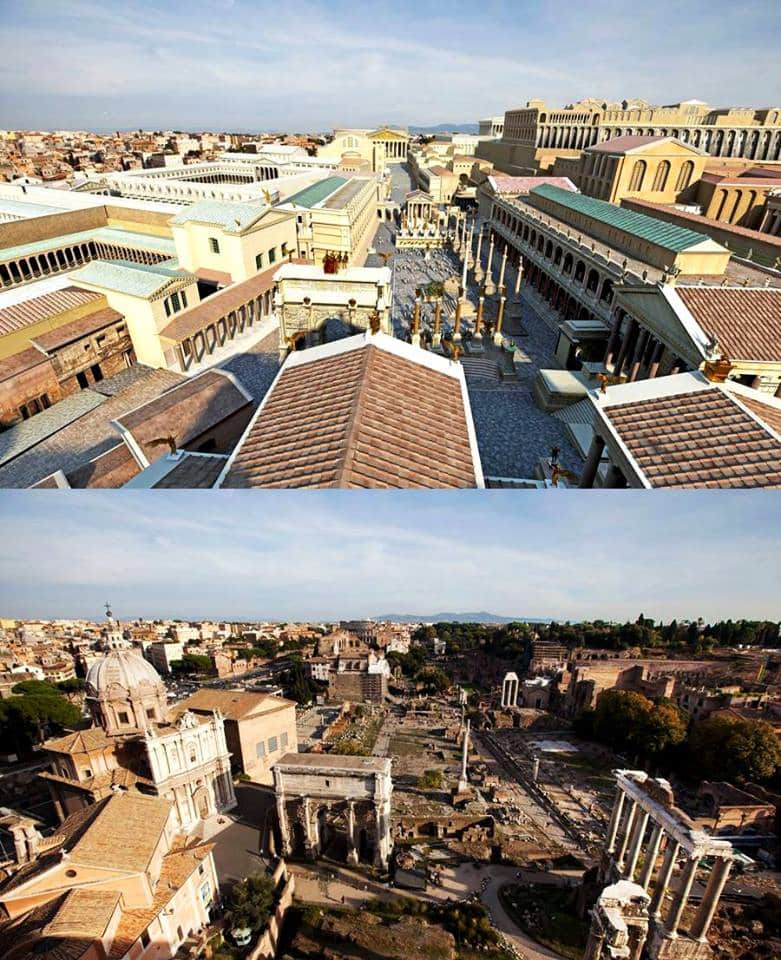
With the barbarian invasions and the decline of the Roman Empire, in the following centuries the population of Rome began to drop drastically also due to some famines.
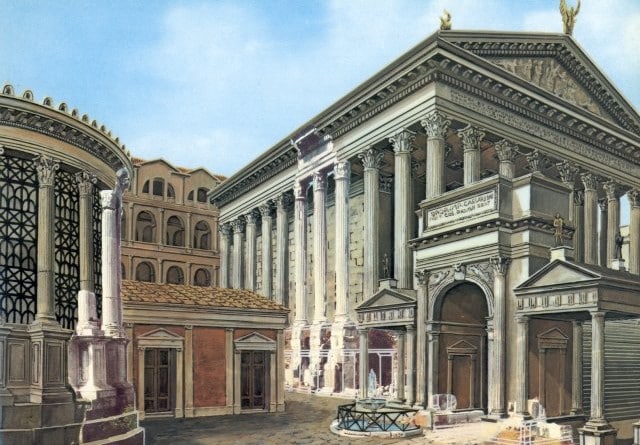
In the first decades of the sixth century, the community of the city amounted to around 200,000 units which were reduced by half, or even less after the Gothic war that devastated Lazio and a large part of Italy for almost twenty years (535-553). The city, after having suffered several sacks, both by the Goths and by the Byzantines, will be partially repopulated and will count no more than 30,000 inhabitants at the end of the Gothic war.
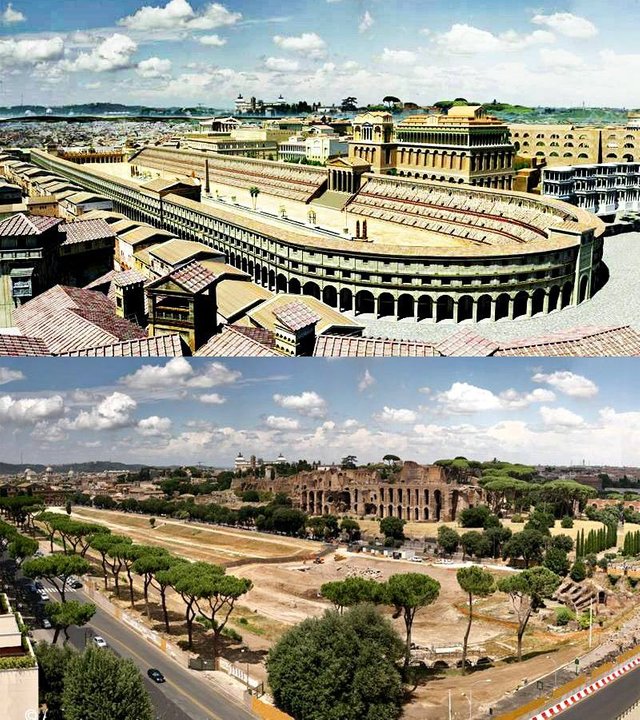
The population of the city remained at these levels throughout almost the whole of the early Middle Ages, and then gradually reborn in the Renaissance period.
